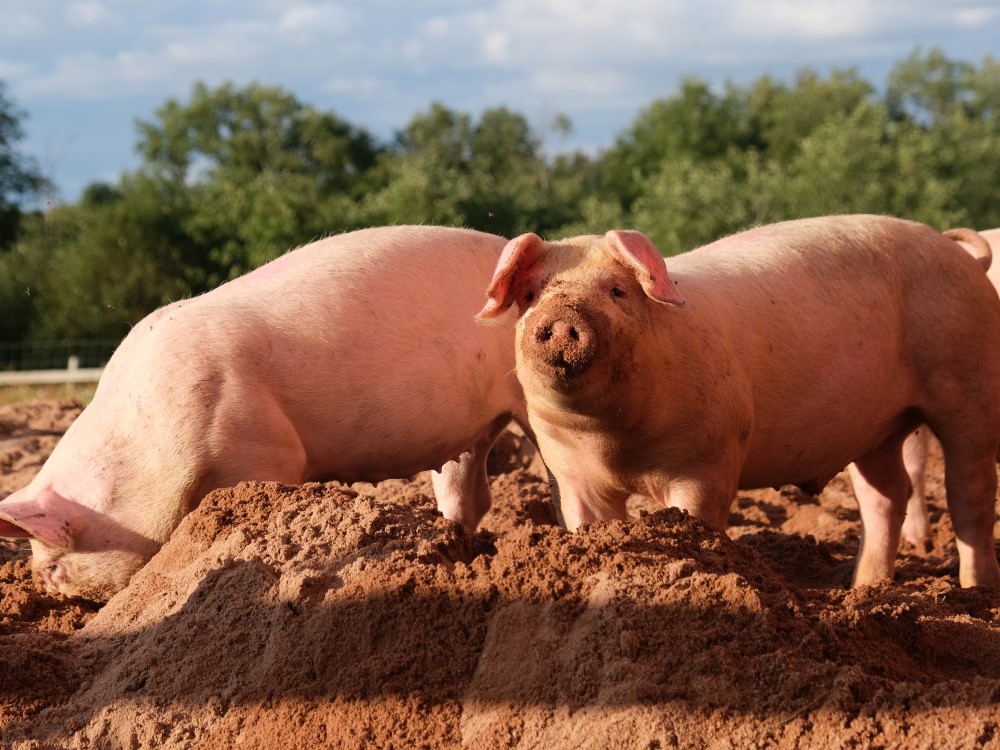
Swine influenza subtype H1N1 first appeared
In the summer of 1918, the swine influenza virus first appeared in western Illinois, where it caused not only an epizootic outbreak in swine, but also a pandemic in humans. It is now believed that the pandemic virus appearing in 1918 was transmitted from humans to pigs early on, thereby splitting off into two lineages: one human, the other porcine.
There is definitive evidence that influenza virus can spread between species including swine, chickens, ducks, turkeys, wild birds, and humans. With the recent interest in avian influenza, it is important to understand that pigs can be “mixing vessels” for the various strains of influenza because they are susceptible to infection with both human and avian influenza A viruses.
Their ability to become co-infected with various strains can lead to genetic reassortment of the virus and several different types of viral reassortments have been isolated from pigs around the world, especially from China and the Far East.
This poses an important public health concern since swine could serve as a host to create novel mammalian influenza viruses that could lead to a pandemic outbreak in humans.
Tags:
Source: Purdue University
Credit:
